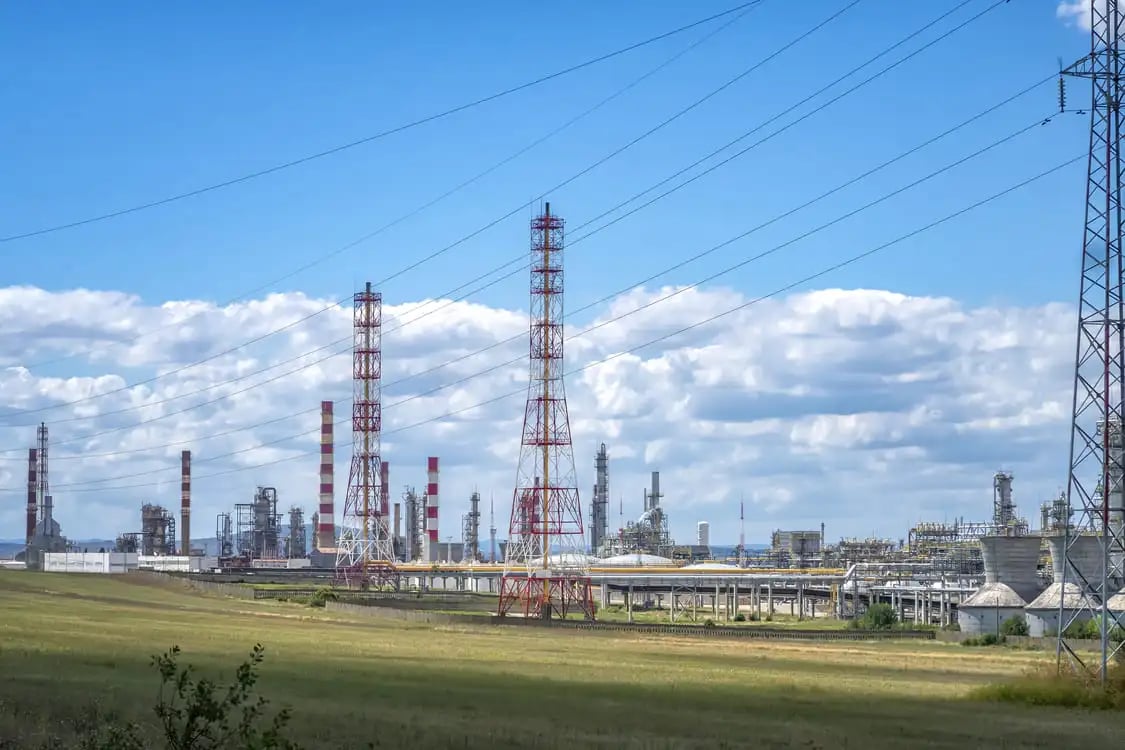Digital Innovation: The Future of the Italian Milling Sector
The Italian milling sector is one of the pillars of the national agri-food industry, combining...
The potential and challenges associated with hydrogen production have intrigued businesses involved in the major industrial sectors in recent years. Here's an overview of some characteristics of hydrogen and its future uses, which represent an opportunity to watch closely.
Hydrogen is one of the most abundant gaseous elements in the universe, present in nature only when bonded to other elements. It is not found in a pure state and must be extracted through a separation process.
It is considered an energy carrier with great potential because it does not produce polluting emissions and offers a significant environmental contribution. Only green hydrogen has a zero impact, produced through electrolysis, a process of separation from water. Efforts to make the production of green hydrogen easier and more economical occupy the major industrial enterprises in the sector.
Depending on its origin and environmental impact, hydrogen is classified by colors: brown, gray, blue, pink, and green. Green hydrogen is what fuels the debate on the real resolution of the CO2 emissions problem. This is because its production derives from the decomposition of water, and the entire process is powered by renewable electric energies.
To actively respond to the demands for the definitive abandonment of fossil sources, a continuous supply of renewable sources would be needed. Decarbonization is a slow process but can benefit from the premises for the innovation of key systems for industrial conversion.
The goal is to reduce the carbon footprint and employ other sources for industrial energy production. Among the segments that offer greater investment opportunities are the "hard-to-abate" sectors, which include heavy industry sectors.
Reflecting on other areas of interest leads us to think of infrastructures for on-road, rail, and maritime transport. It is considered probable to use gas pipelines as infrastructures for hydrogen transport, although extensive adaptation will be necessary. Indeed, in this eventuality, the plants will need to be transformed and modified, with the aid of different compression components and systems.
Another consideration involves the development of the entire supply chain for hydrogen production systems, particularly electrolyzers.

Among the risks associated with hydrogen production is its high flammability, as it develops an "explosive" reaction when in contact with other agents.
To build hydrogen systems for production, pressurization, transport, storage, and delivery, it is essential to aim for the reliability of engineering solutions. Safe and efficient systems require high-quality components and suitable materials, but above all, qualified technical skills.
Solving the issues that hydrogen can cause might prove to be the necessary push to accelerate the adoption process.
Our focus is on achieving a high-quality result, capable of detecting potential leaks and fugitive emissions. This is why, at Priver, we guarantee the safety of the design, considering the reference parameters for the production of optimized systems.
Our dedicated approach allows us to develop compatible solutions and offer valid support for the customer's needs.
Adequate training and technical know-how enable us to develop a balanced result between overly complex design and engineered solutions.
The Italian milling sector is one of the pillars of the national agri-food industry, combining...
What are the factors and possible solutions that can improve energy efficiency in industry? Here is...
Widely used in industry, plastic polymers vary in type and properties but require significant...